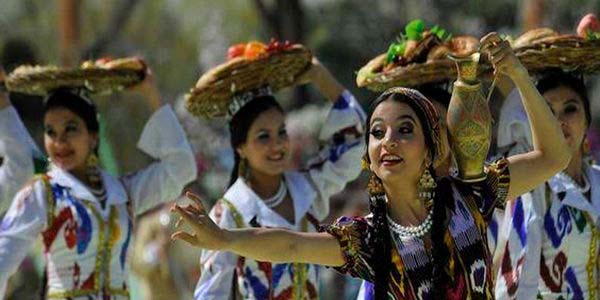20/21 March 20th of every year marks the festivities surrounding the Iranian or Persian New Year, which is celebrated by several ethnicities around the world, more famously known as Nowruz. Although rooted in Zoroastrianism, a religion that originated out of Iran, this festival is celebrated by communities across the world. Besides Zoroastrians, Nowruz is a holy day for people belonging to Baha’is and some Muslim communities.
The festivity is marked by traditional customs which include fire and water, exchange of material gifts, recitation of songs, poetry, and symbolic objects, etc. Given that a diverse set of the population celebrates this festival, the customs and traditions also change accordingly.

Credits – NPR
The word Nowruz comes from two Persian words, now (new) and ruz (day). The word means entry into a new year. The same word though is pronounced differently in other dialects. The English language usage of the word goes from norooz, novruz, navruz to newroz and Nowruz.
The Origin
There are many versions of the origins of this festivity. The most famous of them is mentioned in Shahnameh, a long epic poem written by Ferdowsi. The poem credits the foundations of this festival to Jamshid, who was the fourth Shah of the mythological Pishdadian dynasty. It is said that he had demons who raised him above the earth to the heavens, where he sat like a sun and shone to defeat the evil of winter.
According to the traditions, those who are celebrating the holiday sing songs, dance, enjoy feats and take part in the tradition of jumping over fire, which is meant to symbolically burn away negativity from the past year.

Credits – India Tours
Parsis in India
In India, the Parsi community is dwindling at a rapid rate. An ethnic group that has contributed immensely to a country’s economy is endangered as far as its population is concerned. The Indian government and the community leaders have agreed on a plan to increase birth – rates in the country.
In response to the dropping rate of parsis in the country, the Government of India launched a Jiyo Parse fertility program. According to the Parzor foundation, a tendency for late marriages in the community leads to infertility for women.



















































































